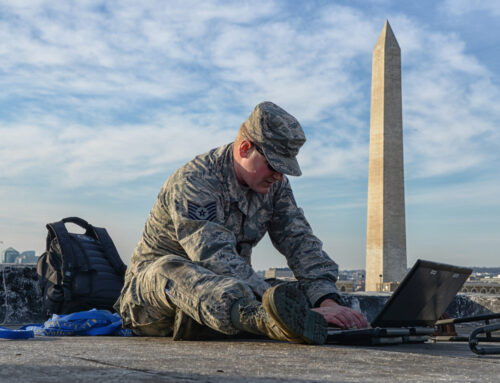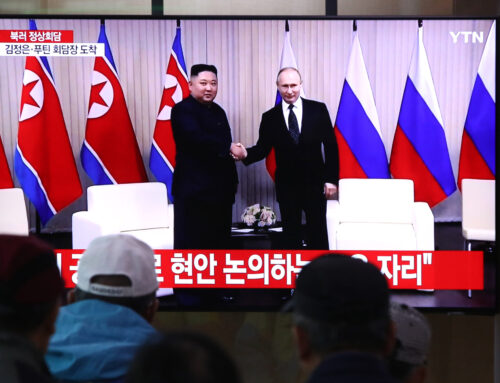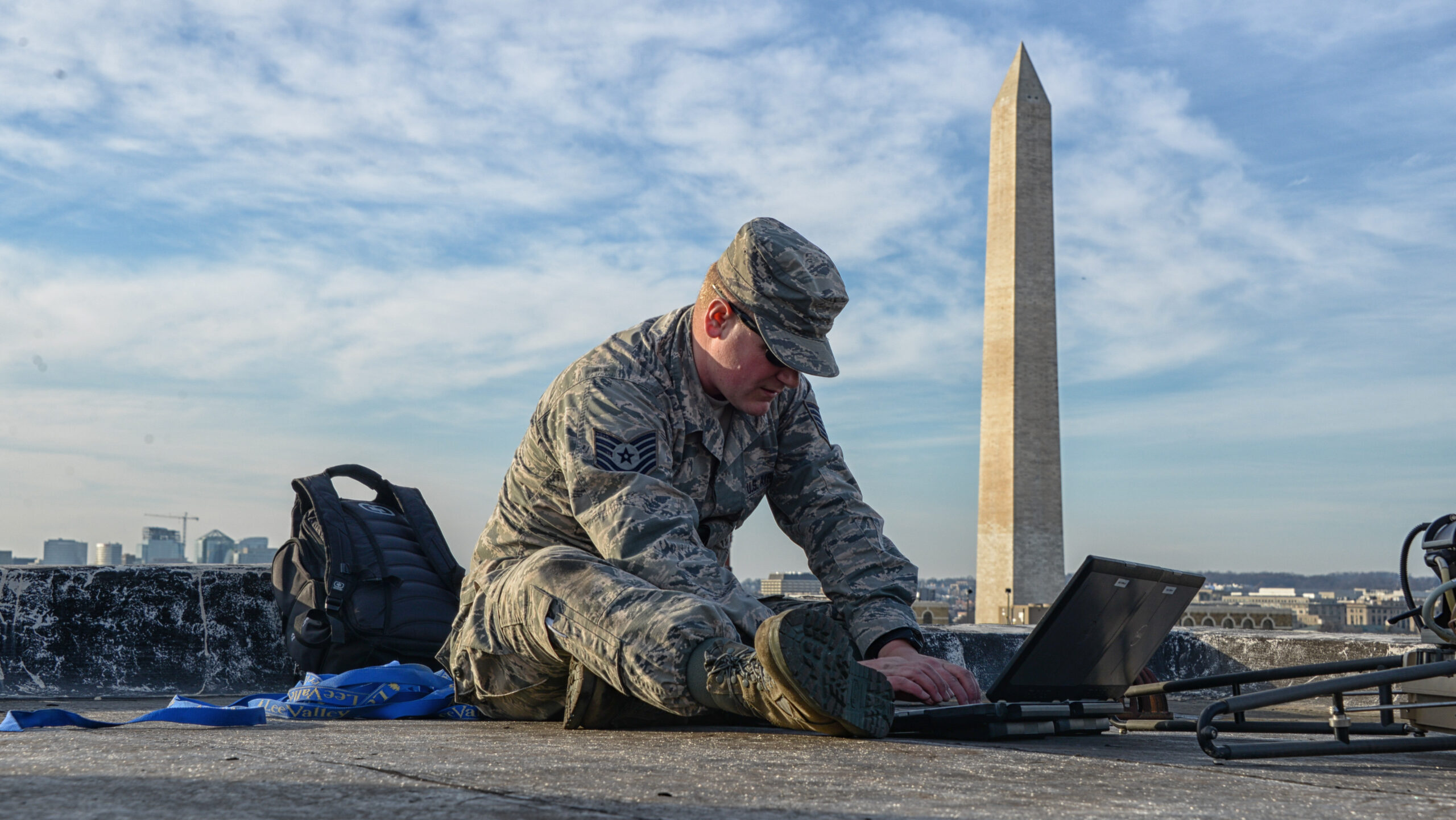The US is investing heavily in microelectronics. (Photo by Rudolfs Klintsons via Pexels)
WASHINGTON — The Department of Defense and the Small Business Administration (SBA) on Tuesday announced the first of its kind set of approved licenses and investment funds for small businesses under the Small Business Investment Company Critical Technology (SBICCT) Initiative.
Together, the government plans to invest over $2.8 billion in more than1,000 companies in the defense supply chain to help them bolster their private capital so they can more easily transition from prototypes to products.
The SBICCT Initiative was created in 2022 and began taking applications in fall of 2023 with the goal of attracting and scaling private investment into 14 DoD Critical Technology Areas that are vital to economic and national security, Jason Rathje, the director of the Office of Strategic Capital, said during a media roundtable Tuesday. Specifically, he said this program aims to expand access to capital for manufacturing and production.
He explained that nearly two decades ago, venture capital was investing heavily in hardware, but this drastically changed about ten years later. Because of this, the DoD started this program to help supplement the gap. Investing in hardware is critically important when creating tech like semiconductors, Rathje said.
“Now [these companies] have access to capital that they otherwise wouldn’t have access to, because as those dollars went away from investing in capital intensive industries, the availability of capital for companies who are developing these technologies has also decreased. With this program, we’re now swinging the pendulum back the other way,” Rathje said.
“Now this provides us an opportunity to bring back capital to invest in to these hardware intensive, critical technology areas and allows us, the department, to really see value in terms of the products and component technologies that are vital for national security,” he added.
At the beginning of July, the SBA allocated the first SBICCT Initiative license. (The SBICCT Initiative aims to utilize SBA funding to provide loans and loan guarantees to investors interested in financing companies developing advanced technologies that support national security.)
About three months later, there are now four funds that are licensed and nine that are “green light approved.” The latter means a business is invited to submit a final license application once sufficient capital has been raised and they have been “vetted” to raise private capital and make a “first close”(when a fund launches after initial investor commitments are made), explained Bailey DeVries, associate administrator and director of the SBA Office of Innovation and Investment, during the roundtable.
“What the SBA does is, we will perform our due diligence on funds, and in partnership with the DoD, they will conduct their vetting and security analysis of this fund as well. And when we are at the point where we have completed our due diligence and have legal sufficiency, we are able to then approve those funds to go raise private capital,” she said.
It is projected that these 13 funds, which the department declined to say who they belonged to, will “collectively project” to invest over $4 billion in “nearly” 1,700 portfolio companies, according to a DoD press release.
DeVries said during the roundtable that this $4 billion figure combines the $2.8 billion in private capital that the companies are projected to invest added with the SBA’s loans derived from its Debenture programs — a way that small businesses access long-term, fixed-rate capital. (Each fund can access up to $175 million in loans through the same system, according to the press release.)
SBA, unlike the Pentagon, can legally leverage “the full faith and credit” of the federal government to guarantee loans to innovative firms. The same would not be true of an OSC effort, but since that Pentagon office is working with SBA, it is able to use the same legal guarantees.
Rathje said such partnership between the SBA and the Pentagon allows the US to prioritize its “enduring advantage” over adversaries by combining innovation with investment.
“Making investments that not only drive the growth of these technologies but also drive more interest in developing these technologies, since there’s capital now available, is an ecosystem opportunity that we see really increasing US long term enduring advantage,” he said.











